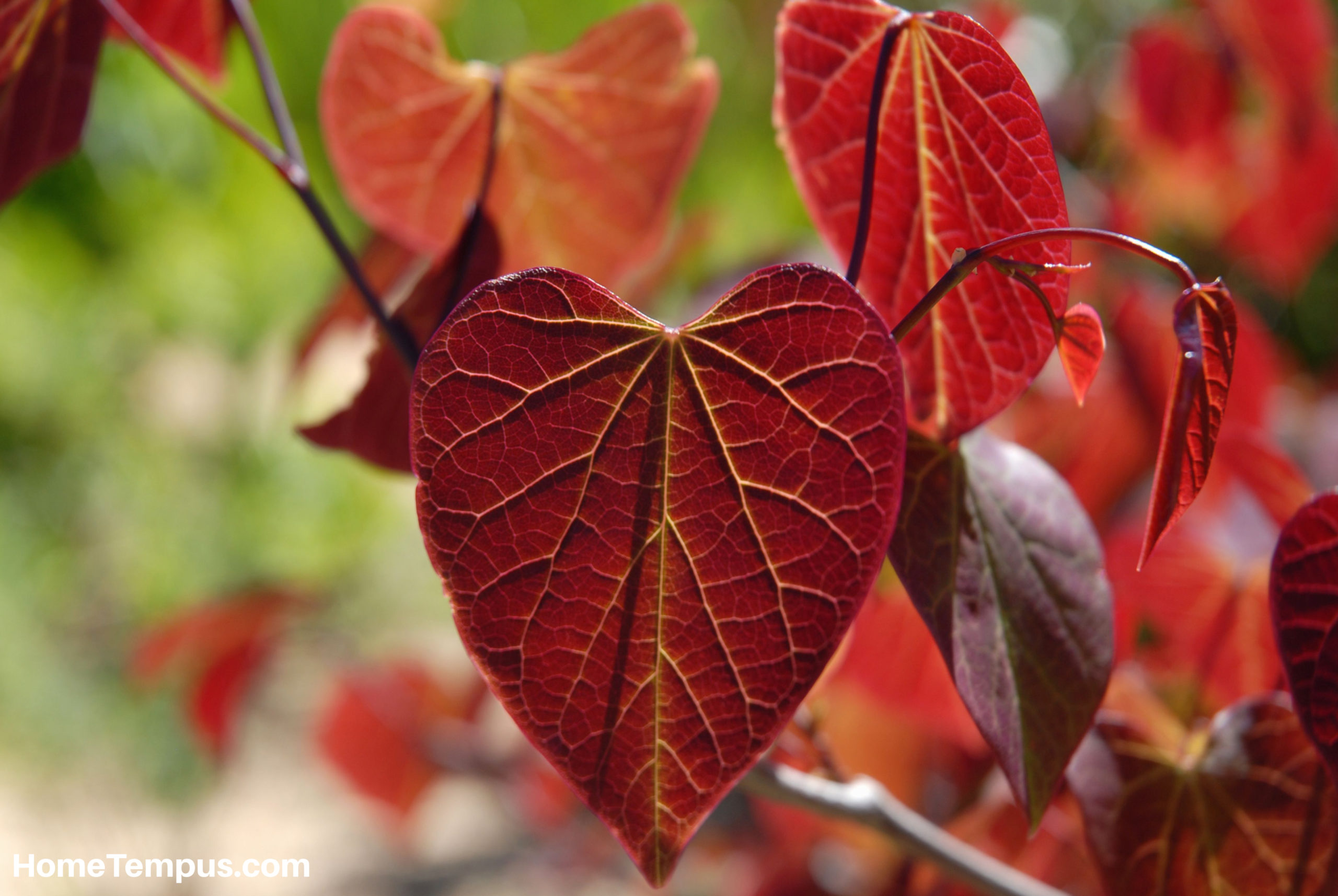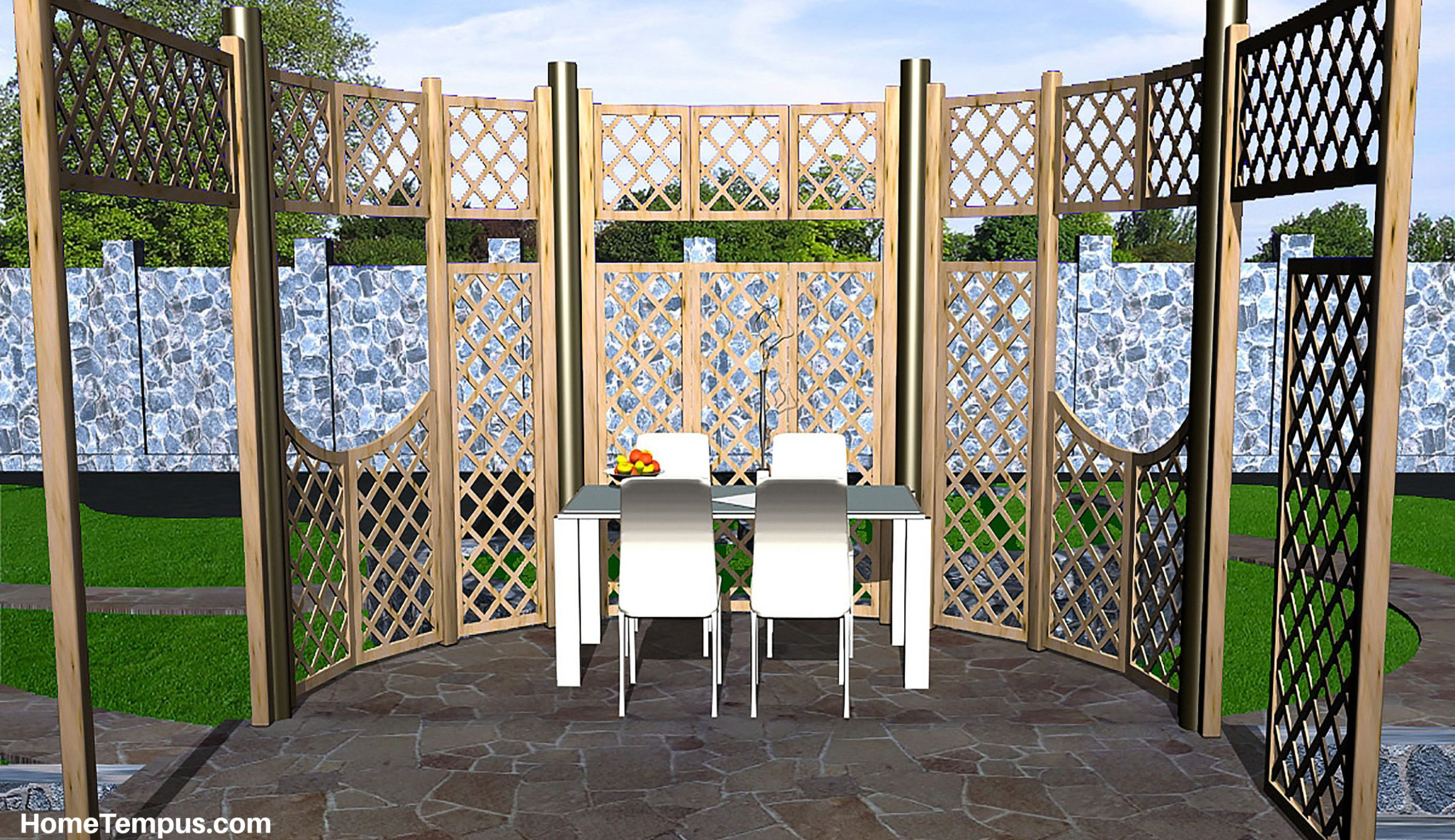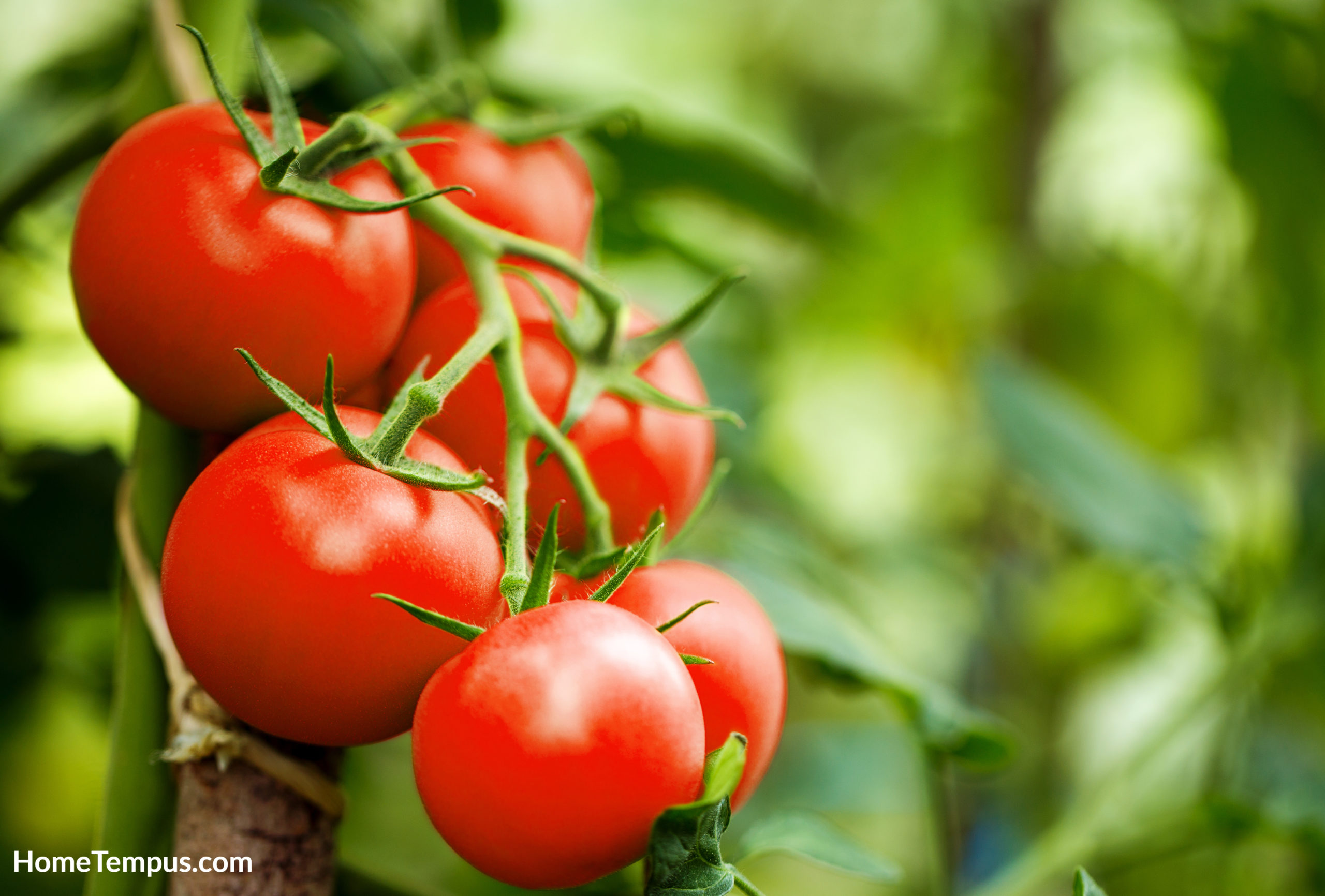Also known as the Sand Rose and the Sunrise Succulent, Anacampseros Rufescens, is a native South African plant. It’s a small low-growing succulent that will spread out to form a larger colony if given space. It will develop a woody base with shallow roots throughout.
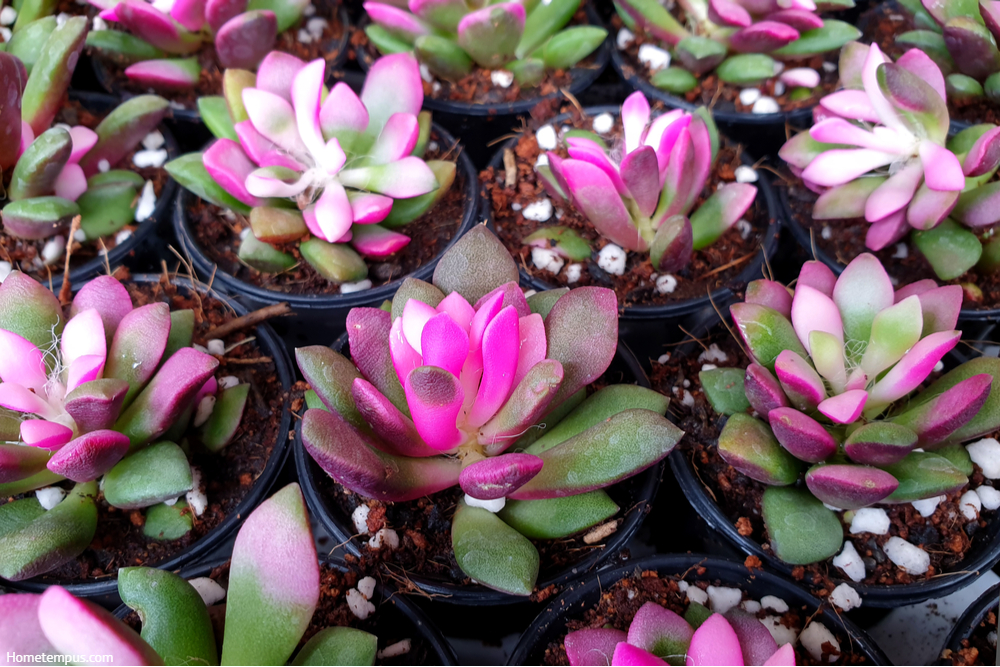
Anacampseros rufescens “sunrise” in the pots.
The pretty narrow pointed leaves of the succulent rose spiral into a rosette. Growing in the shade, the leaves turn dark olive green. Though in sunlight they’ll turn a red-brown to purple color. White filament hairs grow along the stems, contrasting well with the darker leaves.
The sand rose produces pink to light purple flowers each with its own stem, growing above the leaves. The flowers grow to a height of around four inches. They are star-shaped and about two inches across.
This small perennial will last for years with proper care.
Anacampseros Rufescens Care
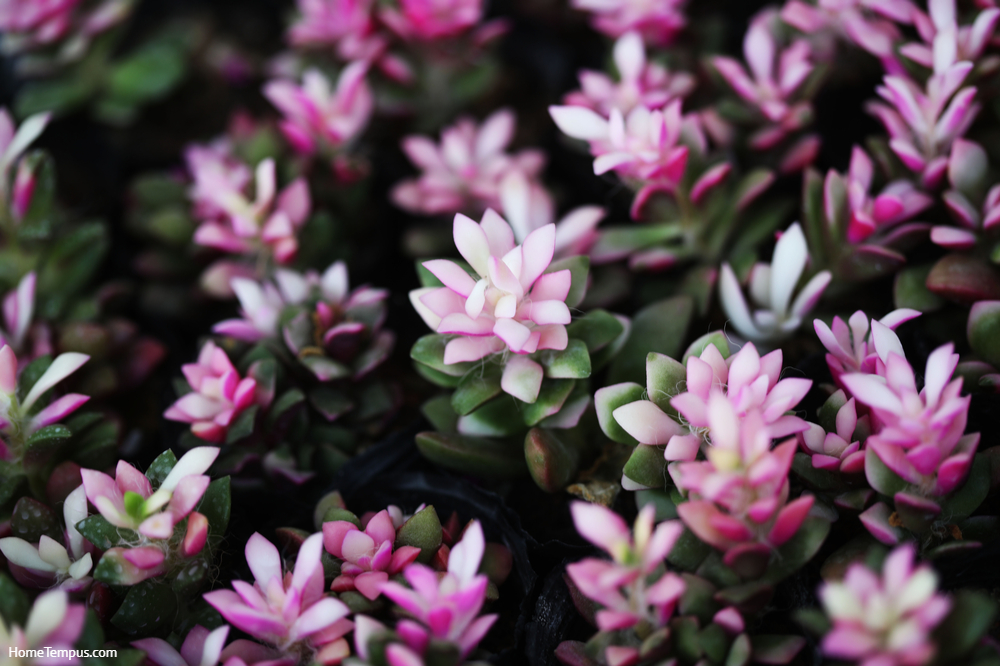
Pink Sand Rose (Anacampseros rufescens)
Anacampseros rufescens are very easy to grow, needing little maintenance. Very few pests affect these plants. Plant them in containers or in your garden or rockery. They will grow warm conditions and manage relatively cold temperatures too. They also grow in both sunlight and shade.
Sunlight
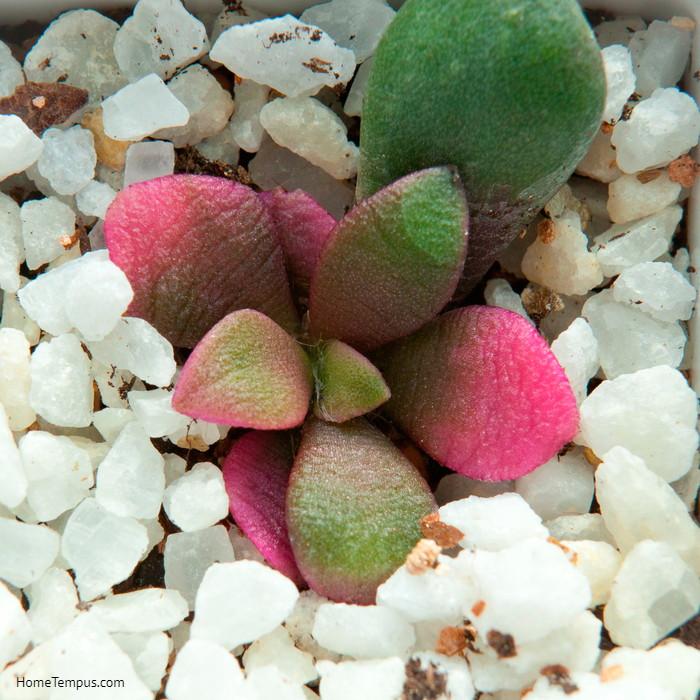
Plant Succulent Anacampseros rufescens Sunrise
Though Anacampseros Rufescens grows indoors and in shaded areas, it needs between four and six hours of sunlight each day. Plant them in direct or dappled sunlight for best results. Sunlight gives the leaves their vibrant colors. Though too much direct sunlight can scorch the leaves.
When changing the amount of sunlight exposure, allow the plant to slowly get used to the extra sun. When outdoors, the best place for these plants is in a spot that receives full morning sun but has some shelter in the afternoon.
If your sand rose doesn’t get enough sunlight, it will lose its vibrant colors. The leaves will turn pale green. To save the plant you will have to slowly introduce it to more sunlight, giving it a little more sun each day to allow it to acclimatize to the new conditions.
Soil
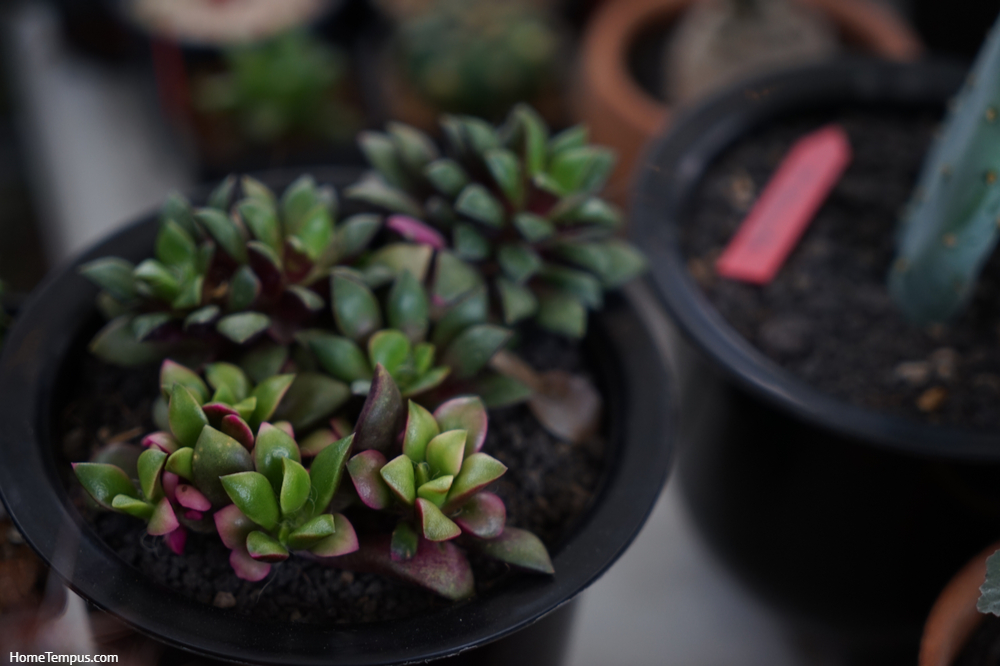
Anacampseros rufescens, colorful succulents in the garden.
The sand rose is prone to root rot so it needs well-drained soil. It grows best in gritty soil mixed with organic material and enjoys neutral soil or soil that is slightly alkaline (7.6 to 7.8) or a little acid (6.1 to 6.5).
To make your own well-drained soil mix equal portions of unfertilized potting soil with cactus soil and pumice or perlite.
Put organic mulch onto the bed for nutrition. It will also help to prevent the soil from losing moisture too quickly.
Indoor Care
If you plan to keep your potted sand rose indoors, put it in a room with plenty of sunlight. Your plant should thrive at an east-facing window, though west and south-facing will also do.
If your plant starts stretching out, it isn’t getting enough sun. So, it’s trying to find more sunlight. This stretching or elongation is known as etiolation. As soon as you see signs of elongation, you should immediately move the plant or you will end up with a stunted succulent that fails to thrive.
If you can’t provide at least four hours of sunlight in your home, you may have to invest in grow lights or move the plant outdoors.
Outdoor Care
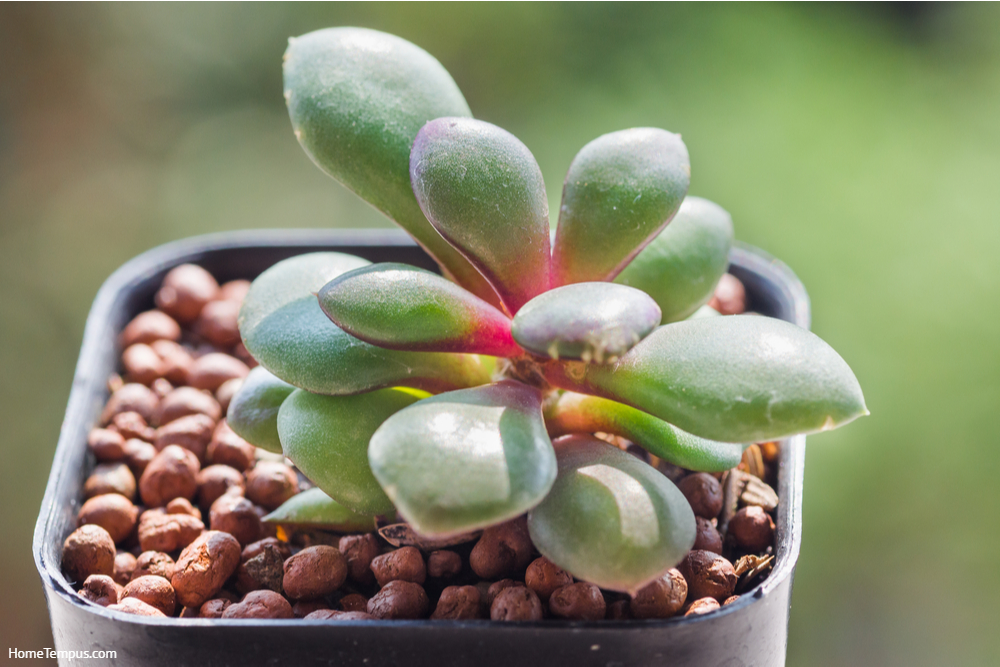
Succulents in desert botanical garden with sand stone pebbles for decoration and agriculture design. Anacampseros rufescens
The Anacampseros Rufescens sand rose is easy to maintain, requiring little attention and no grooming. It flourishes in warm ambient conditions but enjoys cooler night temperatures.
It will manage outside in USDA hardiness zones 9a to 11.
Recommended reading:
Flowers That Start With L | Find a Diversity of Gorgeous Blossoms
Frost
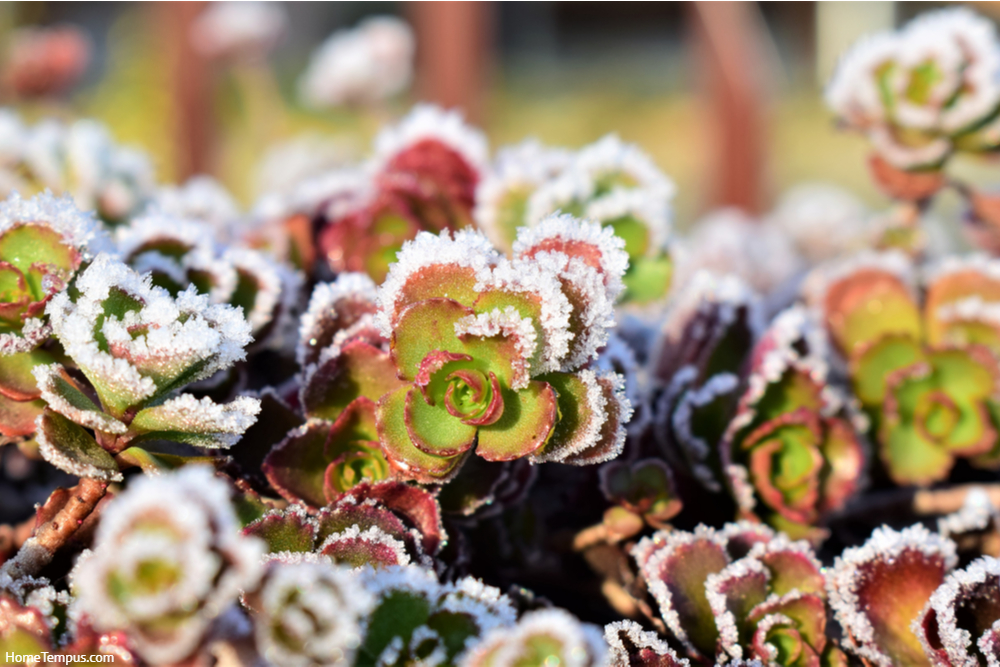
Morning frost on succulent plants in the garden
The Anacampseros Rufescens sand rose will survive a small amount of frost but temperatures below 30° Fahrenheit are likely to kill it off. If you live in areas where frost is heavy and frequent, plant your Anacampseros Rufescens in a pot and bring it in on those chilly nights.
Watering
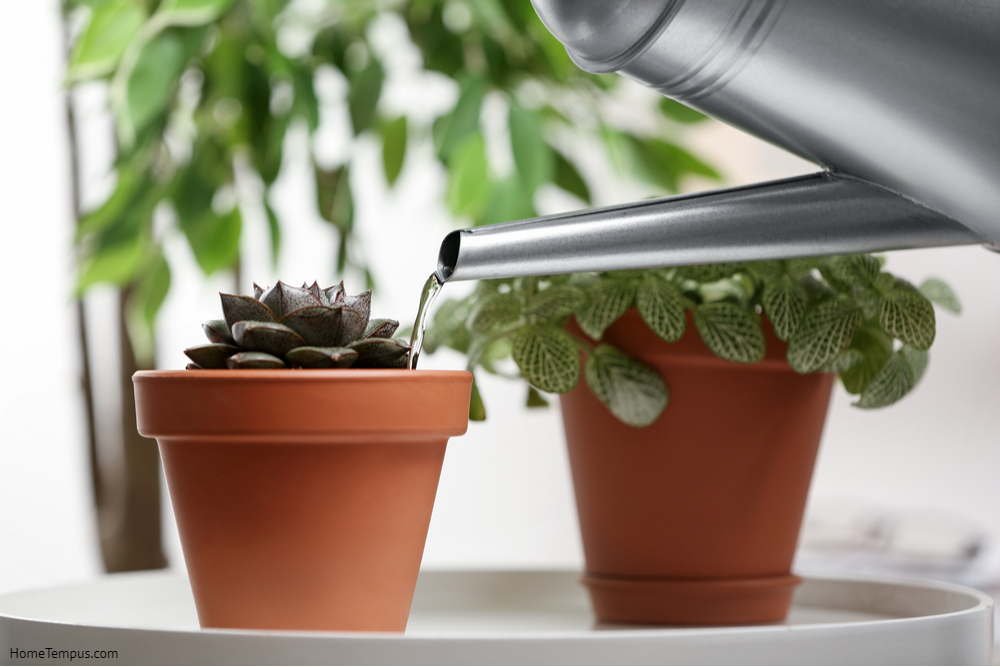
As with most plants, how often you water your sand rose should take account of the climate. The level of humidity in the air should instruct you on how often you need to irrigate your plants.
Though Anacampseros Rufescens can manage in arid conditions, they need plenty of water for healthy growth. When temperatures are high you should water your plants around once a week, reducing that to once a fortnight when temperatures drop.
During winter you may not need to water your sand roses at all. Don’t overwater these plants. They will rot and die.
Got indoor plants? Then, it is best to adjust the watering patterns downward accordingly. If you’re unsure about how much water to give these plants, remember it is far better to give them too little water than too much.
Check if the top inch of soil is moist to the touch, you should hold off on the water. When you do water, your succulents wet the soil only. If water lingers in the rosette, it can cause rot.
Anacampseros Rufescens Flower
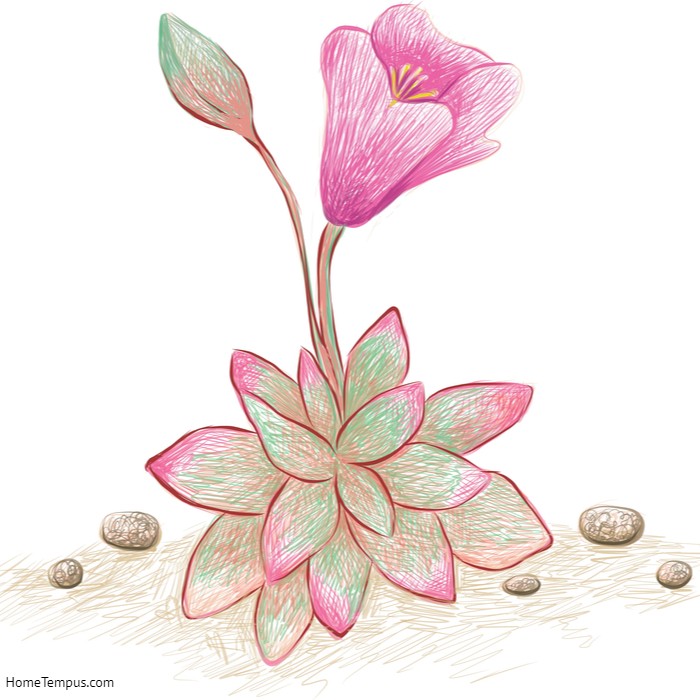
Illustration Hand Drawn Sketch of Anacampseros Rufescens, Sand Rose or Sunrise Succulent Plant.
The sand rose produces lovely pink, star-shaped blossoms. Many succulents fail to bloom and the succulent rose is no exception.
Sometimes ambient conditions prevent the plants from blooming. Fortunately, Anacampseros Rufescens has lovely colorful leaves so it looks good with or without blossoms. Your sand rose should bloom in the summer. They can produce up to 20 flowers each year.
How to promote blossom growth
Here are a few tips on how to encourage your Anacampseros Rufescens to bloom.
- Maturity – only mature plants will bloom. So, don’t expect any flowers until the plant is at least three years old.
- Enough sunlight – Anacampseros Rufescens requires daily sunlight. If it doesn’t have enough it won’t bloom.
- Fertilizer – Anacampseros Rufescens doesn’t need fertilizer in the normal run of things but nutrients will ensure that the plant is healthy and has the energy to bloom. So, feed your plants in the spring and summer months and they are more likely to blossom. Don’t over-fertilize. Fertilize at half strength and refrain from feeding the plant in winter or fall.
- The right temperatures – succulents enjoy cool nights and warm days.
- Overwintering – Anacampseros Rufescens, like most succulents, prefer cold winter temperatures just a little over freezing point. So, if your sand rose is an indoor plant, you should keep it in a room with no indoor heating or it may not bloom.
How to Propagate Anacampseros Rufescens
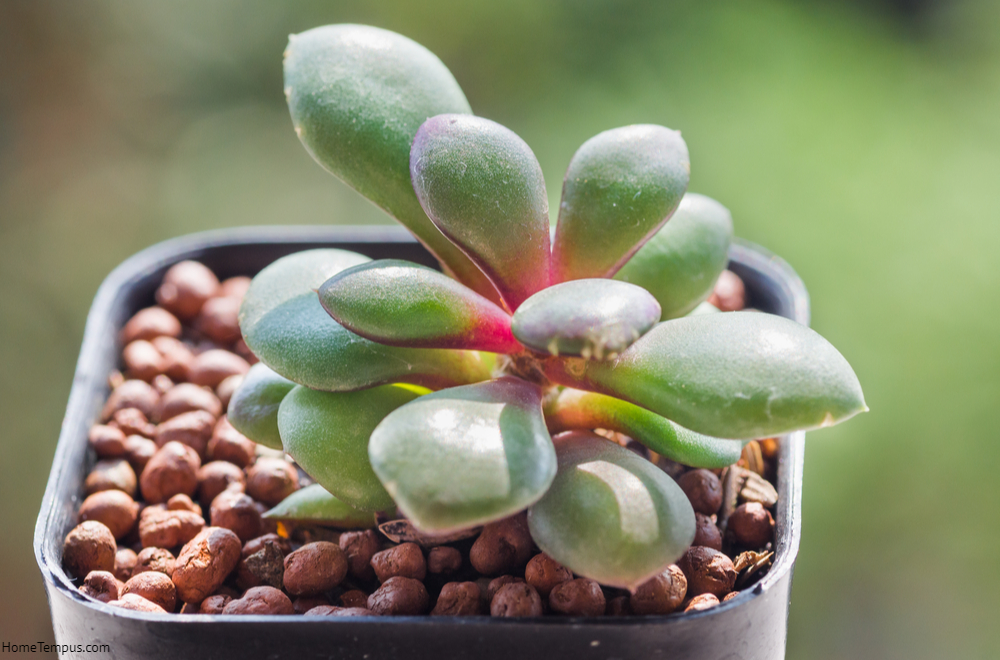
Succulents or cactus in desert botanical garden with sand stone pebbles for decoration and agriculture design. Anacampseros rufescens
Anacampseros Rufescens are reasonably easy to propagate. You can use small plants, known as off-sets, or leaves to propagate sand roses. It is, however, quicker and easier to use off-sets to grow new plants.
Propagating from off-sets
It’s best to use the biggest off-sets to start your new plant. Also, look for the presence of roots. Roots will help the plant to grow faster. Still, if there are no roots, you can set the small plant onto the soil and it will develop roots and grow.
Gently separate the pup from the original plant. If you need to use a knife, make sure the knife is clean and then insert it between the mother plant and the baby. Gently push it into the soil to separate any connected roots. Let the little plant dry out for the next 24-hours. Ensure that any cut areas are dry before you plant the off-set.
Prepare your soil and plant your off-set in it. Pack the soil securely around the little plant.
Small plants need more water than bigger plants so make sure to water off-sets more regularly. Use a spray bottle to gently mist them. Keep young plants out of direct sunlight as they grow, slowly introducing them to more sunlight each day.
Recommended reading:
Flowers That Start with H | Make a Breathtaking Backyard
Propagating plants from leaves
While it is possible to propagate sand roses from leaves, it is a lot more difficult than propagation from off-sets. You’ll need a lot more patience, and you may want to prepare more than one leaf because the success rate of leaf propagation is much lower than off-set propagation.
First, find a nice fat and healthy leaf near the bottom of the rosette. To start the process, break a leaf from the plant. It should twist off quite easily. Just make sure that you get the whole leaf. Let the leaves dry in a shaded area for a day or two. The aim is to get the cut parts to heal over.
Prepare your potting soil. Then either lay the dry leaf flat upon the soil or push the healed stem into the soil. It will take a couple of weeks to grow roots and a few more to develop into a plant.
How do you plant Anacampseros seeds?
After the blossoms die off the Anacampseros Rufescens will produce seed pods. Here’s how to go about planting these seeds.
- Allow the pod to dry out. Then remove the small, white Anacampseros Rufescens seeds.
- Make a mix of cactus soil, gritty sand, and perlite and place it in a seeding tray.
- Place one seed in each plug cell of the seeding tray without covering them with soil.
- Mist the seeds with a spray bottle filled with water.
- Cover the seed tray with clear plastic film and leave it in a warm place that receives indirect sunlight.
- You should see evidence of seed germination in five about a week.
- Keep the tray covered for three months. This ensures that the soil stays damp.
- When the three months are up, remove the seedlings and plant them in a pot or in the garden.
How do you pot Anacampseros?
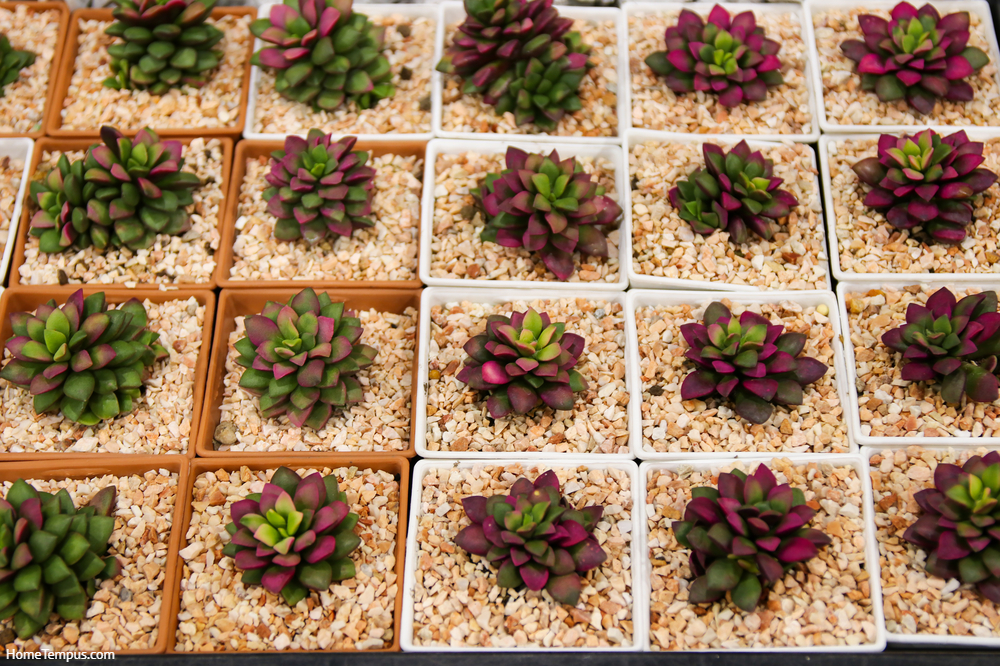
Row of Anacampseros Rufescens in pot.
If you’re transplanting your Anacampseros Rufescens from the garden to a pot, it’s best to do this in spring after the plant arises from the dormant winter. Don’t water the plant for a week before you move it. The drier soil will make it easier to remove.
Choose terracotta or ceramic pots for your Anacampseros Rufescens. Because these pots are porous. They will prevent the soil from retaining water, and getting too wet. Remember Anacampseros Rufescens is susceptible to root rot. Ceramic and terracotta pots allow air to ventilate the roots of the plant.
Give the plant water before you pot it. Let it drain in water. This helps to avoid air pockets on the roots and ensures that the plant is properly hydrated before potting.
Water the plant again as soon as you have finished potting it. Anacampseros Rufescens grows quite fast so you should plan to repot it into a bigger pot in a year or two.
Anacampseros Rufescens pests and diseases
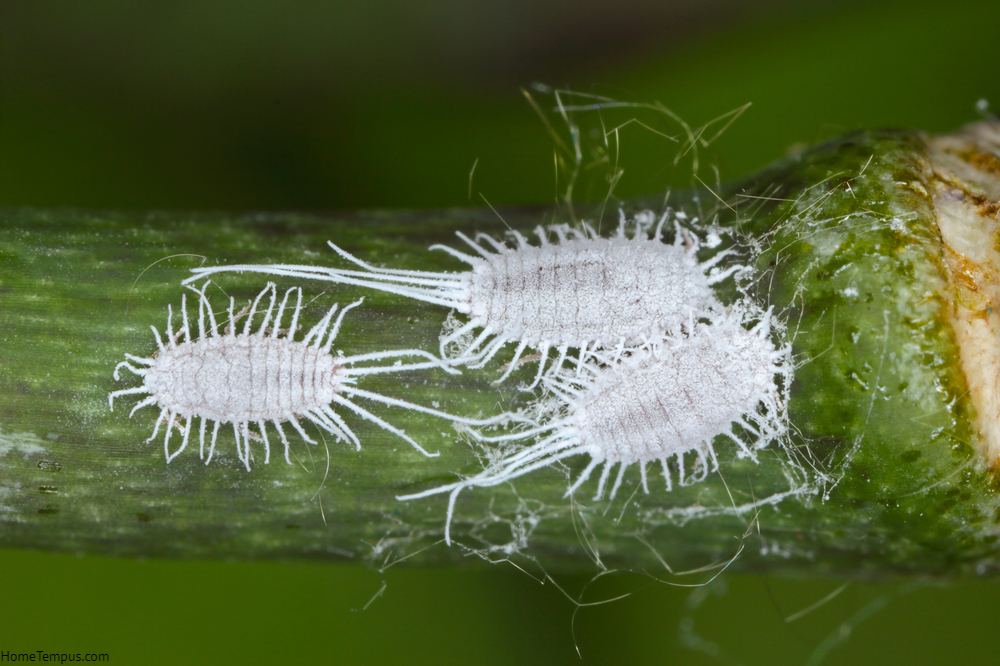
Closeup of a long-tailed mealybug – Pseudococcus longispinus (Pseudococcidae) on a leaf, mealybugs are pests that feed plant juices.
Anacampseros Rufescens have few problems with pests and diseases. Though there are a few that you should look out for. If your plant is failing, check it for pest infestations as they can stunt growth and scar the plant. They can even kill the plant. Look out for the following pests
- Mealybugs – often found on new leaves, if left alone these bugs will disfigure your succulent rose. Get rid of them with isopropyl alcohol.
- Red spider mites – these pests live where the stem meets the leaf on the underside. They spin webs and feed on the plant by puncturing the skin and sucking out the juice.
Diseases
- Root rot – Anacampseros Rufescens is susceptible to root rot. It is a result of overwatering. Stop watering the plant and remove it from the pot. Cut away the rot and replant the remainder of the plant in fresh well-drained and gritty soil. Don’t use any of the soil it has just come from.
Are Anacampseros Rufescens toxic to pets?
Not much is known about how toxic these succulents are. Though they are not listed on the ASPCA’s list of plants dangerous for cats and dogs. Ingestion may cause digestive distress so keep the plant away from dogs and children.
Anacampseros Rufescens in Conclusion
Anacampseros Rufescens is a pretty, and low-growing succulent that is easy to maintain. It makes a lovely indoor plant but only if you have a spot in your home that gets at least four hours of sunlight each day.
